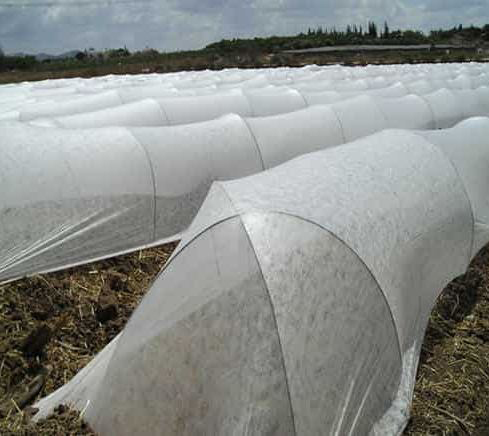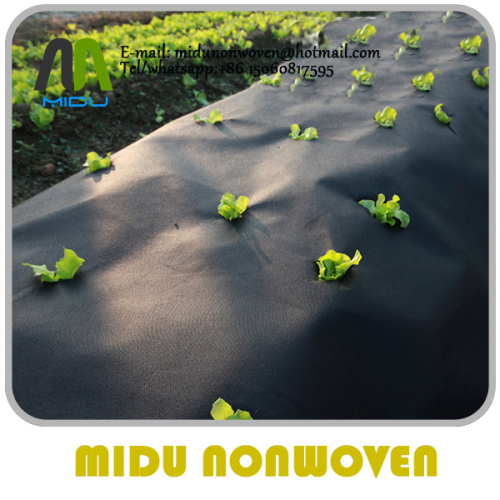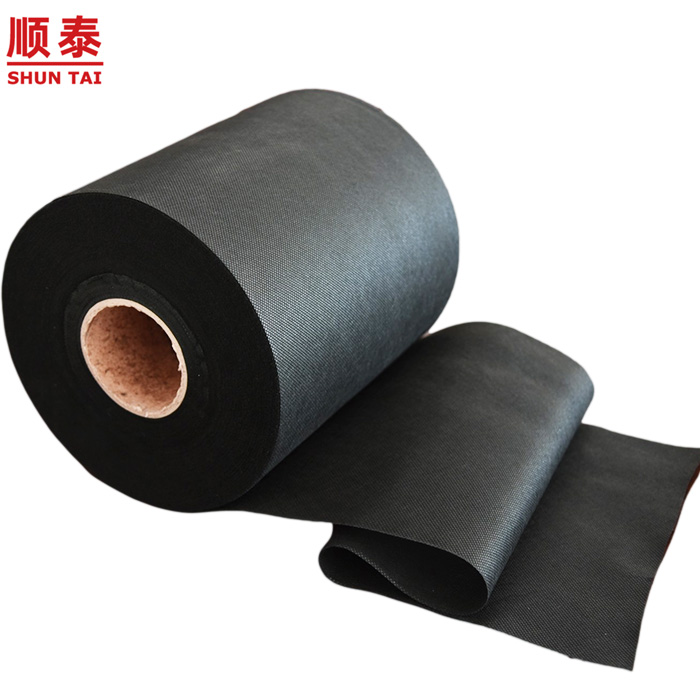
Non-Woven Industry Growth. Nonwoven fabrics are produced by the petrochemical industries after the development of plastic fabric (film). It is lighter than cloth and provides better airflow. It is used extensively in hygiene and medical products like sanitary napkins and facial towels. Later the application of engineering was made to it. Non-woven fabrics shield vegetables from damage caused by cold. Non-woven fabrics are made differently from plastic film. However, the primary ingredients that are used in their production are almost identical. It includes PE (polyvinylchloride), EVA(Ethylene Vinyl Acetate Copolymer) EVA/polyethylene, as well as PVA/polyvinylether. It is possible to make a thin plastic film from traditional plastic by melting it and inflating. In essence, the film is continuous. The material expands forever. The film does not have pores. It is an impermeable material that prevents the movement and exchange any molecules. Following the expansion of the industry of textiles, artificial chemical fibers made from the above-mentioned raw materials replaced many natural plant fibers, and were the hottest item in the textile industry. However, these synthetic fibers can still be made into cloth using the traditional method of weaving techniques, either weft or warp. The non-woven fabric is created by interconnecting fibers within the same plane at different angles in all directions. It's not possible to use traditional methods of warp and weave. It provides better material properties and is easier to produce than traditional weaved materials. The traditional method of drawing and weaving fibers is removed. The production costs are lower. The industry of apparel has utilized non-woven fabrics in large numbers in recent times. Thanks to advances in the field of material science and the advancement of and application of production technology, nonwoven fabrics are becoming more diverse and are used more widely. We can see the different products and materials in every day of our lives. Due to their lightness and ease of production, non-woven materials have been gaining the popularity of agriculture. See this non woven weed control fabric for more information.

Non-Woven Fabrics in Agriculture. Non-woven textiles were introduced to agriculture in Europe in the year 1978. They are used to keep the carrots warm in the beginning of harvesting, and to shield against whiteflies as well as tomato leaf virus. Non-woven fabrics used in the United States to mulch cantaloupes. Sweet peppers. tomatoes. Root vegetables. Carrots. Radishes. Cabbage. Lettuce. They are mostly used for heat preservation, early harvesting, as well as insect control. Non-wovens are a great way to cover grass-proof mats and increase soil temperature. To ensure that roots completely absorb water, the short fiber can also be used to create water-absorbing blankets. They can be used as the base medium to produce turf or lawn grass to moisten drainage, drain and divide the garden. They also serve to plant large woody plants like fruit trees and garden trees to prevent weeds from growing and also for retaining the moisture. Non-woven fabric is commonly used in Taiwan for crop protection. Non-woven fabric is extensively used in greenhouses of large size for energy conservation as well as environmental control. Canopy curtains are double-layered , and cut down heat absorption and radiation at night. At first, TAVIK non-woven spun-bonded TAVIK fabrics with high density were utilized to shade and shield cauliflower bulbs. Because of its high shading capacity, low thermal conductivity, as well as its easy recycling, it was swiftly accepted by farmers. Later, it was slowly used to heat preservation and insect-proof cultivation of leaf vegetables. It also served as a shade, heat preservation and cultivation for fruit trees and pineapples. Due to Taiwan's unique ecosystem and climate and climate, the growth of the industry of nonwovens has been slow. Taiwan non-woven fabric producers continue to innovate non-woven technology that focuses on the air permeability, water absorption and water repellency of non-woven materials. It is being utilized to store and preserve agricultural products. Look at this wholesale agriculture non woven fabric for advice.
